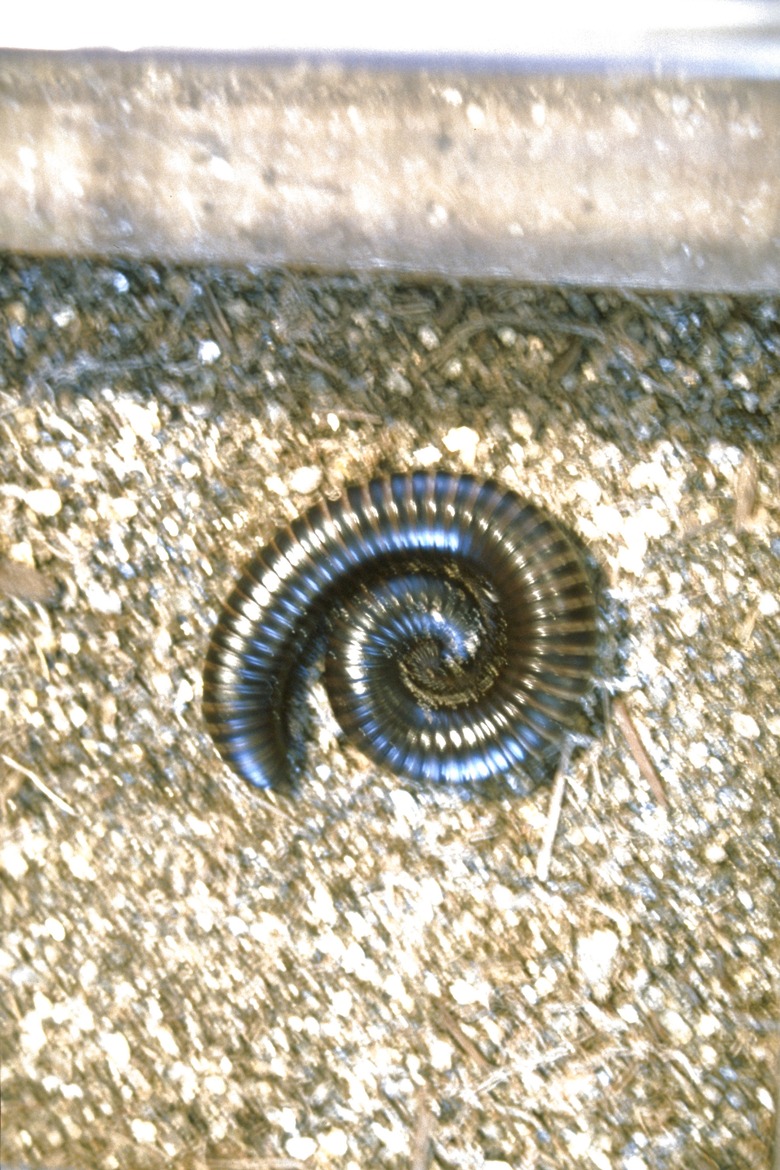Tiny Circular Worms In Outdoor Carpet
Step 1
Small worm-like pests found outdoors are often millipedes, which are also known as "thousand leggers." Adult females lay their eggs in the soil, where they hatch in two to three weeks. Millipedes go through seven to eight stages before reaching adulthood, according to the University of Florida Institute of Food and Agricultural Sciences. Most millipedes are dark brown or black in color and measure 1 to 1 1/2 inches when fully grown. Homeowners who live in heavily wooded areas are most likely to find millipedes on their porches or inside their homes.
Effects
Step 1
Millipedes found outdoors feed on decaying organic matter in the soil and around garden plants. Typically these worm-like pests feed on wood, leaves and plant roots. Millipedes do not bite or sting humans. Occasionally, millipedes migrate into homes through cracks around door frames or window sills. Millipedes must have high levels of moisture to survive and will die within a few days after migrating indoors. When disturbed, millipedes may curl into a tight ball and exude a foul odor.
Step 2
- Small worm-like pests found outdoors are often millipedes, which are also known as "thousand leggers."
- Millipedes must have high levels of moisture to survive and will die within a few days after migrating indoors.
Cultural Controls
Step 1
Picking up millipedes from outdoor carpet and discarding them is one way to reduce their populations. These creatures can also be swept from your outdoor carpet or porch with a broom. Check your potted plants before bringing them indoors as millipedes are often found inside the moist soil. Keep compost piles and leaf litter away from your home to reduce infestations of millipedes.
Chemical Control
Step 1
If millipedes are numerous outdoors or if they migrate indoors and become a nuisance, insecticides may be necessary. Applying bifenthrin or permethrin around the perimeter of your home can reduce infestations of millipedes. These products are available at your local home and garden center and are usually only needed in damp shaded portions of your yard.
Step 2
- Picking up millipedes from outdoor carpet and discarding them is one way to reduce their populations.
- Keep compost piles and leaf litter away from your home to reduce infestations of millipedes.
